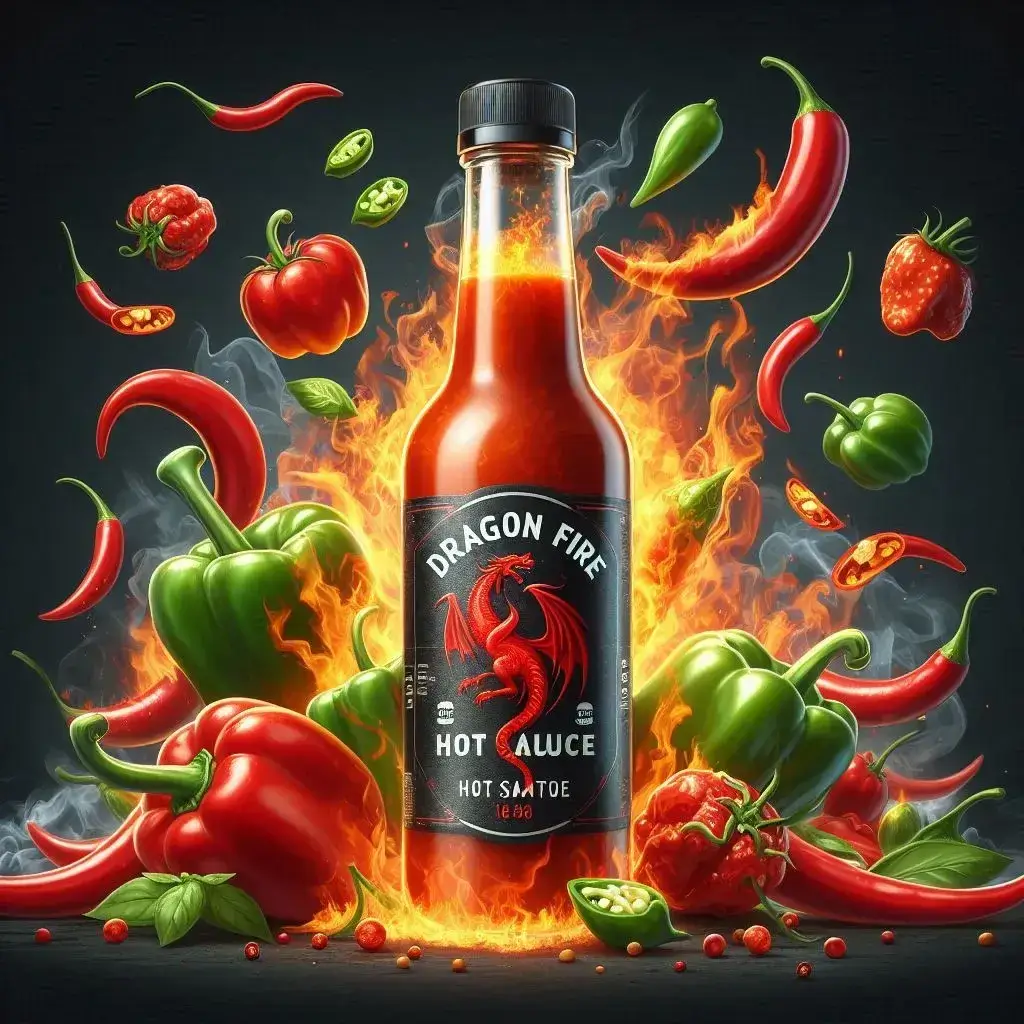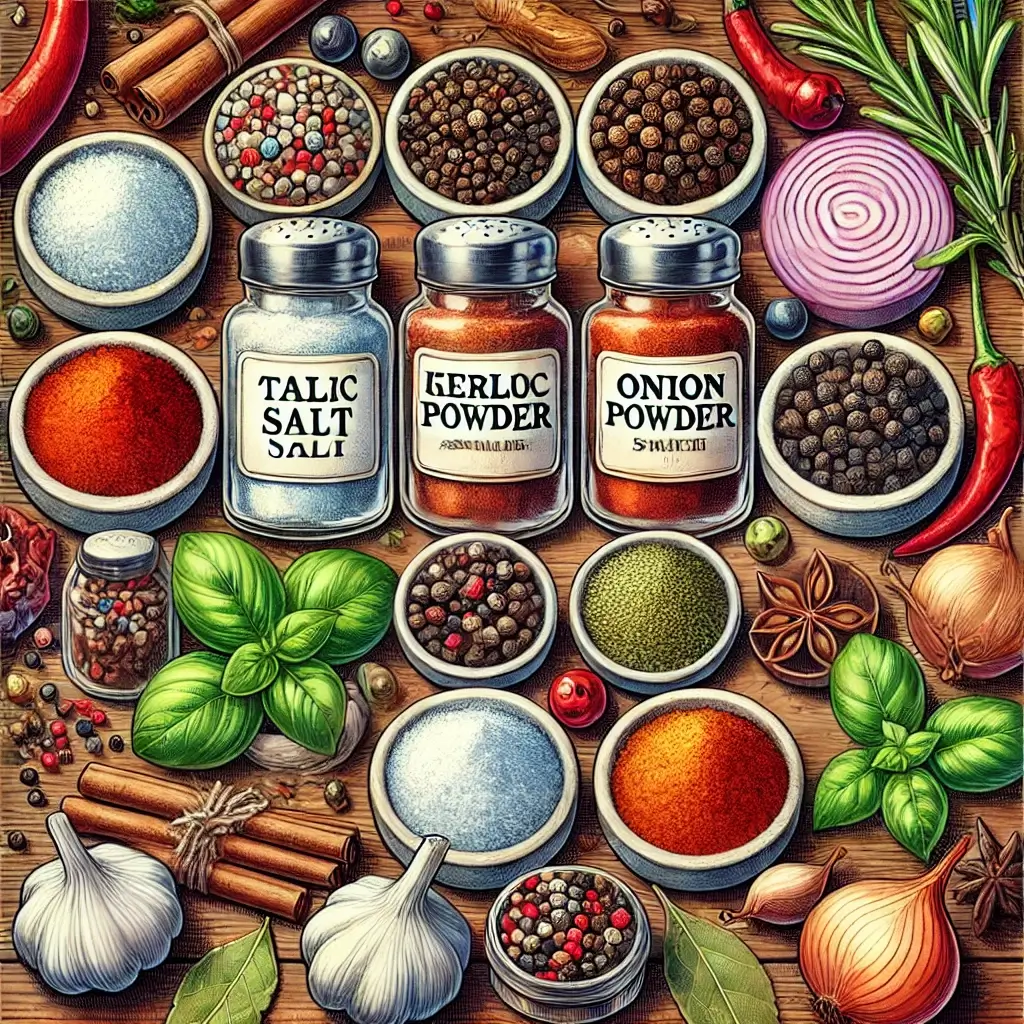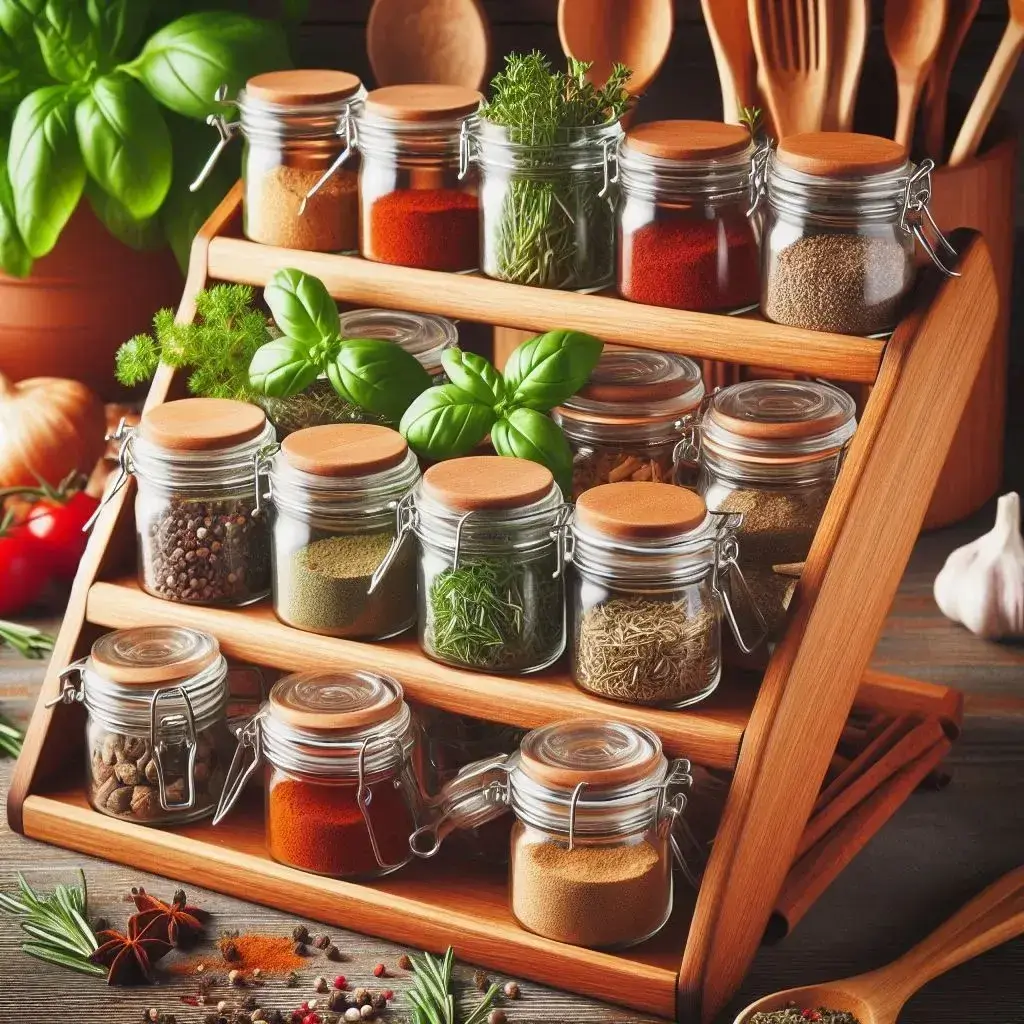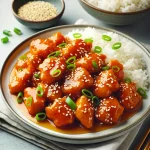
Table of Contents
In today’s fast-paced society, energy drinks have become a go-to for those needing an extra boost. Whether you’re a student cramming for exams, an athlete pushing your limits, or a professional trying to meet deadlines, energy drinks promise a quick and easy way to stay alert and energized. But with so many options on the market, how do you determine which is the best energy drink for you? This guide will explore some of the most popular energy drinks, their ingredients, benefits, and potential drawbacks, helping you make an informed choice.
What Makes an Energy Drink Effective?
Energy drinks are typically formulated with a combination of caffeine, sugar, vitamins, and other stimulants that are designed to enhance physical and mental performance. The most common ingredients include:
- Caffeine: The primary stimulant in energy drinks, caffeine is known for its ability to increase alertness and reduce fatigue. The amount of caffeine can vary widely between different energy drinks.
- Sugar: Often included to provide a quick energy boost, though it can lead to a crash later on. Many energy drinks also offer sugar-free versions.
- Vitamins and Amino Acids: Ingredients like B-vitamins, taurine, and L-carnitine are commonly added to support metabolism, endurance, and overall energy levels.
Popular Energy Drinks
1. Red Bull
Red Bull is perhaps the most iconic energy drink on the market. Containing 80 mg of caffeine per 8.4-ounce can, it’s comparable to a standard cup of coffee. Red Bull also includes taurine, B-vitamins, and sugars to provide a balanced energy boost. Its moderate caffeine content makes it suitable for most users, and its relatively small serving size means it’s easy to consume without feeling overly full. Red Bull’s reputation for consistency and reliability makes it a top choice for those seeking a steady energy lift.
2. Monster Energy
Monster Energy is known for its larger servings and higher caffeine content, with 160 mg of caffeine per 16-ounce can. It also contains a mix of B-vitamins, taurine, ginseng, and guarana, all aimed at boosting energy levels and mental focus. Monster’s wide variety of flavors and formulations, including sugar-free options, cater to different tastes and dietary preferences. Due to its higher caffeine content, Monster is ideal for those needing a more substantial energy boost, though it might not be the best option for caffeine-sensitive individuals.
3. Rockstar Energy
Rockstar Energy, similar to Monster, offers a high caffeine content of 160 mg per 16-ounce can. It’s popular among athletes and those engaging in intense physical activities because it includes a blend of B-vitamins, taurine, and electrolytes, which aid in hydration and recovery. Rockstar also provides a range of flavors and sugar-free options, making it a versatile choice for those looking for both performance enhancement and taste variety.
4. 5-hour Energy
5-hour Energy is unique among energy drinks due to its small 2-ounce shot format, containing a potent 200 mg of caffeine. It’s designed for those who need a quick, convenient energy boost without consuming a large volume of liquid. In addition to caffeine, it includes B-vitamins and amino acids but contains zero sugar. Its compact size makes it easy to carry and consume, but the high caffeine content means it’s best suited for those who are accustomed to strong stimulants.
5. Celsius
Celsius is marketed as a fitness drink, promoting both energy and metabolism. Each 12-ounce can contains 200 mg of caffeine derived from natural sources like guarana and green tea extract. It’s also free from artificial preservatives and sweeteners, making it a healthier option for those conscious about what they consume. Celsius includes additional ingredients like ginger and B-vitamins to support energy and endurance, making it a favorite among fitness enthusiasts and those looking to boost their workout performance.
Choosing the Best Energy Drink for You
When selecting an energy drink, it’s important to consider your individual needs, tolerance to caffeine, and any health concerns. If you’re sensitive to caffeine, a drink with a lower caffeine content like Red Bull might be a better choice. For those who need a significant energy boost, Monster, Rockstar, or 5-hour Energy could be more effective. Fitness-focused individuals might prefer Celsius for its natural ingredients and metabolism-boosting properties.

Conclusion
The best energy drink for you will depend on your lifestyle, health considerations, and personal preferences. Whether you need a moderate boost or a strong jolt of energy, there’s an option out there that can meet your needs. However, it’s essential to consume these drinks in moderation and be mindful of their caffeine and sugar content. Pairing energy drinks with a balanced diet and adequate sleep will ensure you’re getting the most out of your energy-boosting beverage while maintaining your overall health.
How to Improve Your Sleep(8 Steps) – love a happy home (loveahh.com)
- SpongeBob Party Drink(6 Creative Drinks)
- Creative SpongeBob Party Drink(Dive into the Fun)
- What is the Healthiest Energy Drink(4 Types)
- Easy Spongebob Party Drink(5 Steps Perfect Choice)
- Easy Shirley Temple Drink(5 Steps Perfect Choice)
- Best Green Tea(5 Types)
- Best Indian Yogurt Drink(3 Types)
- Best Spongebob Party Drink(6 Steps Perfect Choice)
- Best Energy Drink(5 Types)

































